Erzya National Congress: We will strive for independence and secession from the Russian Federation
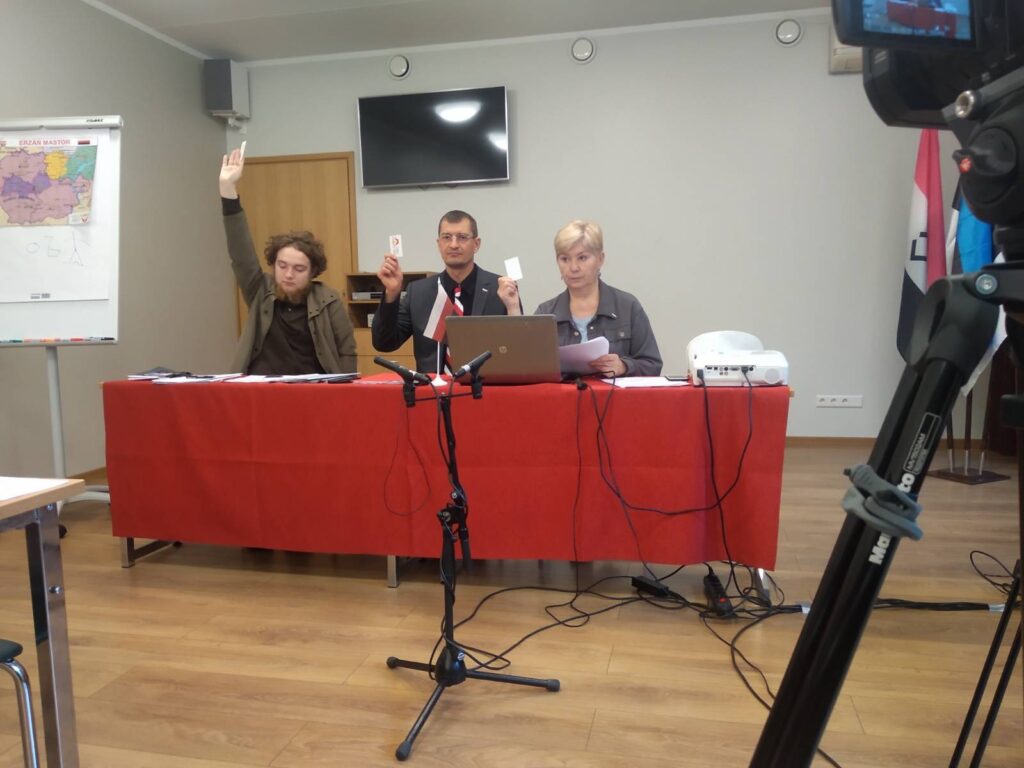
In the Estonian city of Otepää, the Erzya National Congress, convened in exile due to the intensifying repressions in the Russian Federation, completed its work. The delegates, after heated discussions and disputes, adopted high-profile resolutions: on new goals and objectives of the national movement, which include the struggle for independence and the secession of the Erzya territories from the Russian Federation, the approval of the desired borders, as well as the key principles for building a new state entity.
Erzya is one of the most numerous Finno-Ugric peoples of the Russian Federation, which lives in the Volga region. In the course of the All-Russian population censuses, the Erzya are often recorded under the exonym “Mordva”, uniting them in one national group with the Mokshans. This unification complicates the calculation of the Erzya. The total number is about 500 thousand people. The Erzya language is a Finno-Ugric language of the Finno-Volga group, one of the three official languages of the Republic of Mordovia, along with Moksha and Russian. They profess Christianity (Orthodoxy and Lutheranism), as well as the traditional national religion, Ineshkipaziya.
They are one of the few peoples enslaved by Moscow that have their own system of national representative bodies. It consists of a congress of delegates from the Erzya political parties and public associations — Promks (erz. Promks), the council of elders — Atyan Ezem (erz. Atäń Äzem), the chief elder — Inyazor (erz. Inäzor) and the national court — Videkuro (erz. Videkuro ). Together, these bodies of national self-government are called Kirdiyur (Erz. Kirdijur). The Erzya National Movement has officially condemned the unleashing of a war against Ukraine by the Russian authorities three times: once in 2014 and twice in 2022. Arson of the military enlistment office in Ruzaevka (Republic of Mordovia), as well as the distribution of anti-war leaflets in Saransk in July 2022, are associated with the Erzya underground. There are Erzya volunteers fighting in Ukraine against the RF Armed Forces, there is confirmed data on losses among Erzya fighters.
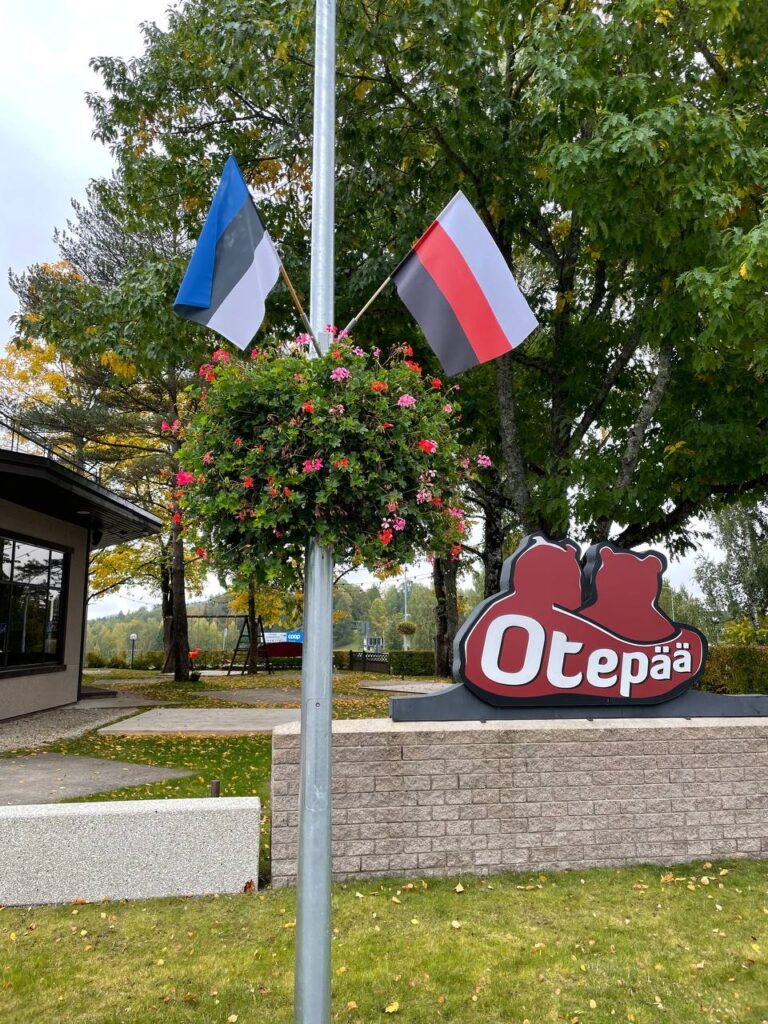
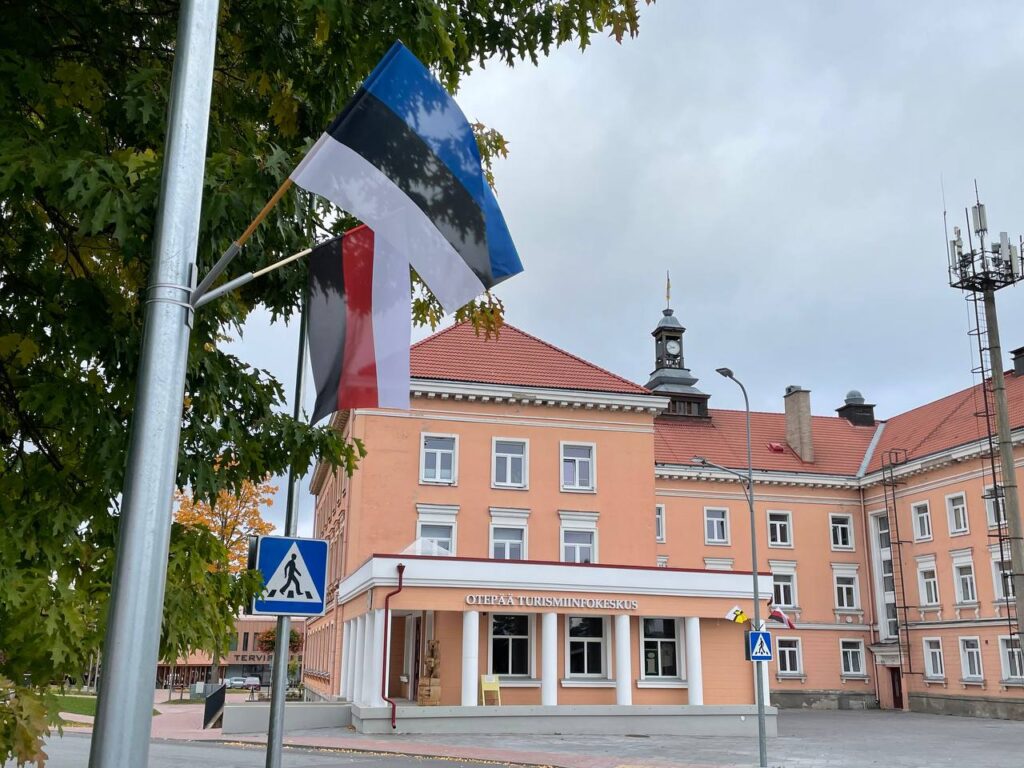
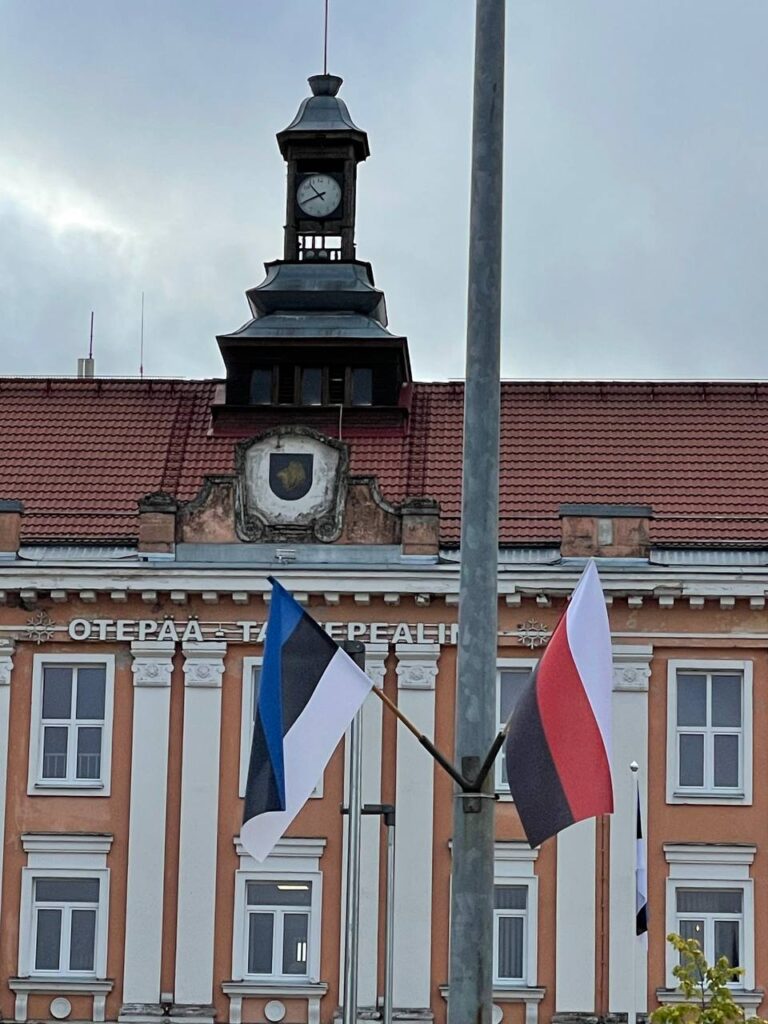
At the beginning the Russian authorities tried to take control of the key organs of Kirdiyyur through intimidation and persecution of activists, and having failed, they created parallel representative bodies headed by public sector workers, that is, people dependent on the authorities.
“It was the intensification of repressions in our native lands, the creation by Moscow of fake structures for the self-organization of our people, as well as new military-political challenges in the Russian Federation that prompted us to immediately convene the Congress on emigration. We`ve prepared it in record time — less than three months. There were no discussions about the venue of the Congress. Estonia is the rising dawn of the Finno-Ugric world, our intercessor and our hope. The Estonian people are our kindred people, we came from the same historical and cultural cradle. Therefore, just as Turkey is not a foreign state for Azerbaijanis, so Estonia is not a distant land for us,” explains Vitaly Romashkin, Chairman of the Organizing Committee for the convocation of the congress.
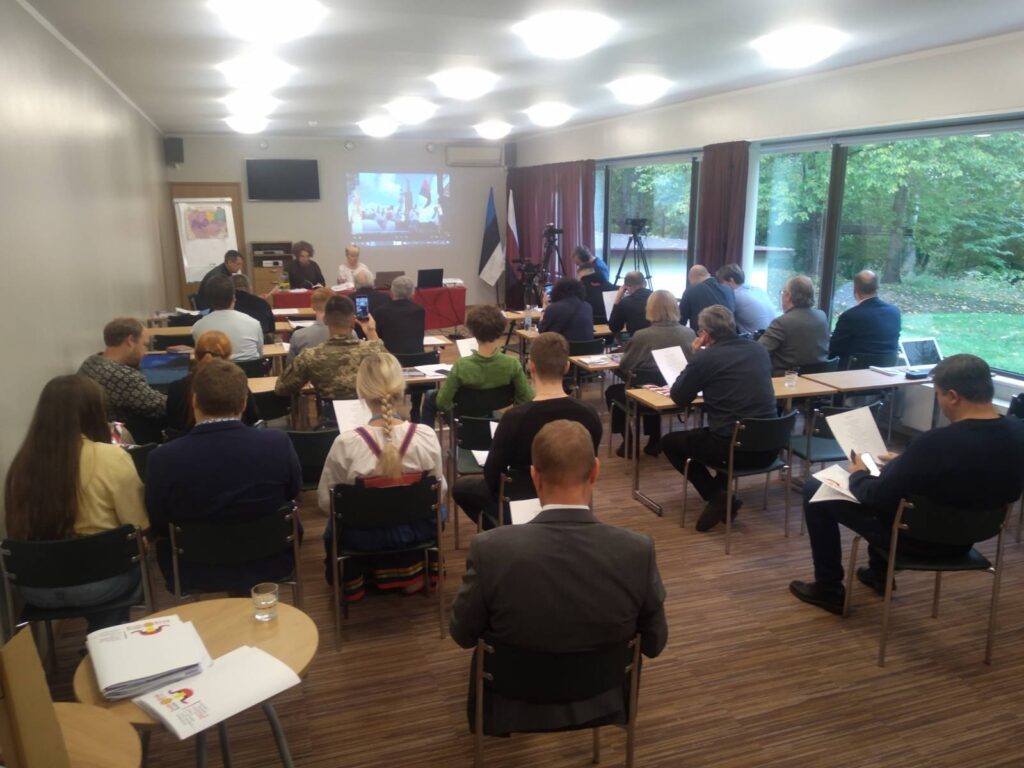
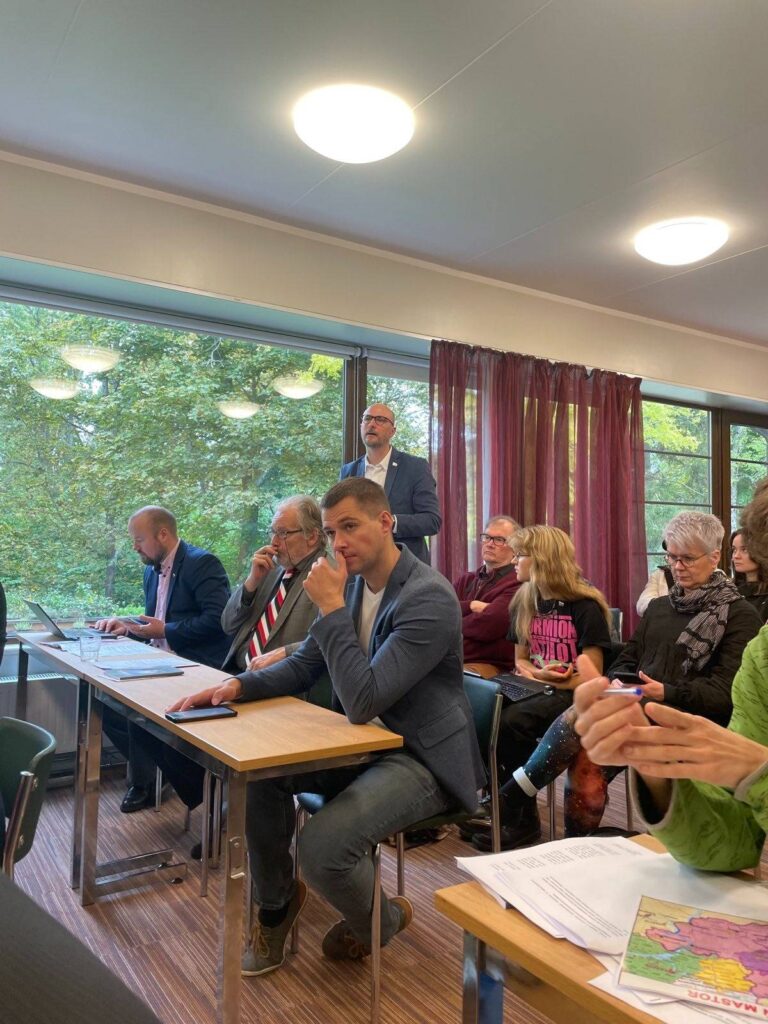
On the morning of September 30, the leadership of the parish, Estonian politicians and cultural figures, journalists and scientists arrived in Otepää. The whole city was hung with Estonian and Erzya flags. The cult of the national flag in Otepää is felt very expressively – the first Estonian flag was consecrated in the local church in 1884. The opening of the Congress was marked by a ceremony of raising the flag of Estonia and the Erzya national flag, for the use of which this year the FSB and the police began to persecute the Erzyans in their homeland — in the Republic of Mordovia.
The meeting in the conference hall began with a minute of silence, honoring the memory of the Erzya warrior — a soldier of the Armed Forces of Ukraine Oleksiy Veshchevailov, who planned to go to the Congress as a delegate, but died on September 26 in a battle with the Russians in the Bakhmut direction in the Donetsk region of Ukraine. Alos other Erzya warriors fighting on the side of Ukraine were supposed to go to Otepäya to represent the Erzya military brotherhood. One of them did manage to get a 4-day layoff and get to Estonia.
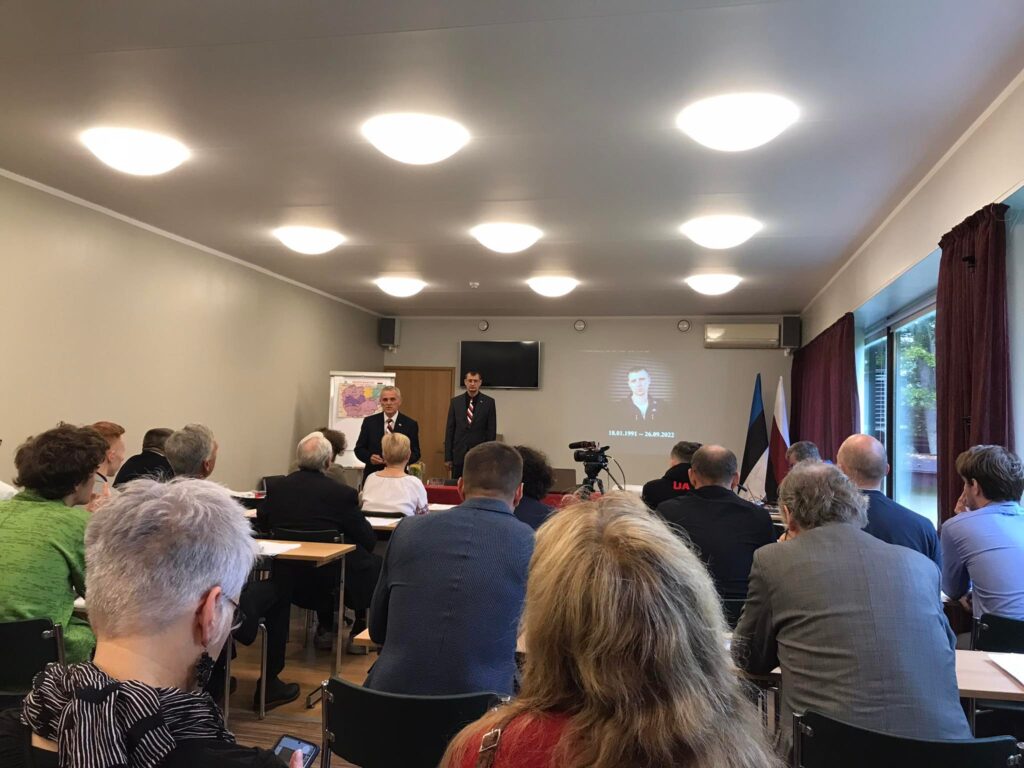
When a young Erzya in the uniform of a soldier of the Armed Forces of Ukraine entered the conference hall, he instantly drew the attention of the press and the Estonian public.
“The importance of this event for our nation is difficult to overestimate. In fact, our people found themselves behind the Iron Curtain. More than a third of the delegates could not get to the Congress.The Russian authorities put pressure even on those Erzya who remained in the Russian Federation and were involved in the preparation and holding of the Congress remotely. There were people who could not cross all the borders and did not get to Estonia. However, despite all the obstacles, we were able to convene the Congress and involve not only elders, but also young people in it,” says Olexander Butyaykin, a fighter of the Armed Forces of Ukraine, a young veteran from Erzya.
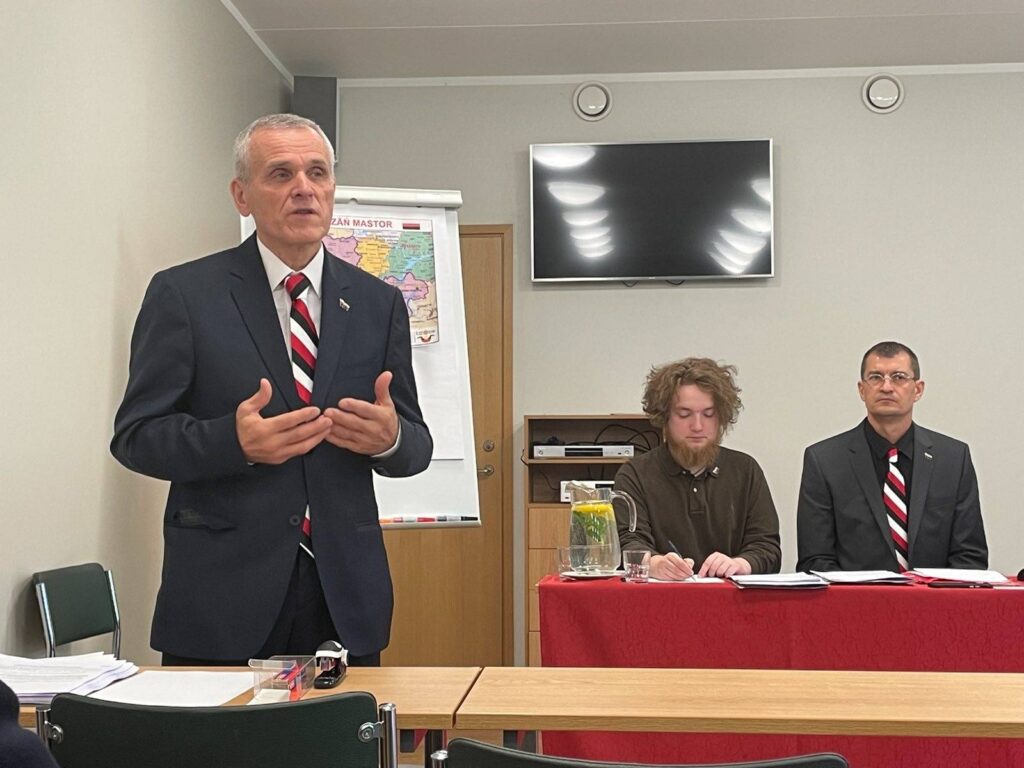
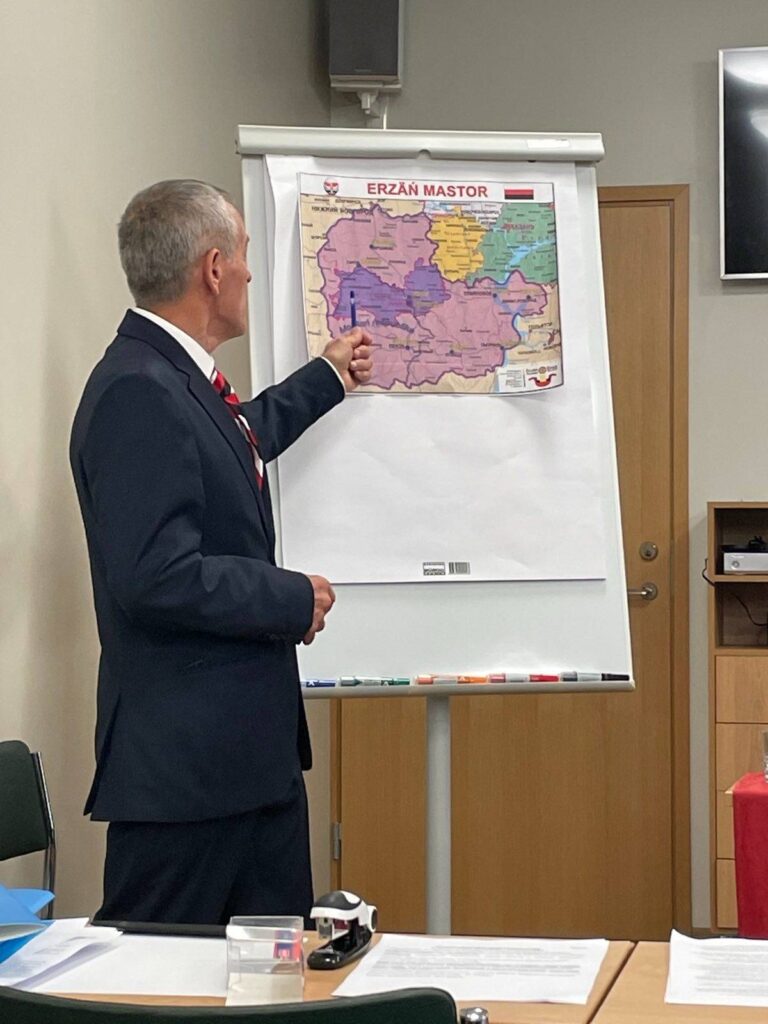
Very acute political issues were brought to the attention of the delegates. In particular, a consensus was found on the most difficult topic – state building. The survival of the Erzya as a people within the Russian Federation is impossible — this is the verdict of the delegates. The way out is the creation of the federal state of Erzyan Mastor.
The congress recognized the Republic of Mordovia, Penza, Ulyanovsk, Nizhny Novgorod, Ryazan and Samara regions as illegitimate territorial-administrative formations, and the “authorities” of these formations — bodies without representative functions. Such that they cannot represent the multinational population of these territories.
After heated discussions, the delegates stated that the continued presence in the Russian Federation of territories where the Erzya people densely reside means the final disappearance of the Erzya as a people: “Not a single aspect of the policy of the Russian Federation or the Republic of Mordovia is aimed at preserving the Erzya people, their national identity, culture, language, religion. Moreover, the policy pursued by the Kremlin towards the Erzya, as well as other Finno-Ugric peoples, is aimed at our speedy dissolution in the Russian ethnos. The Russian Federation is pursuing a policy of covert ethnocide against the Erzya.”

Erzya not only accused the Russian authorities of hidden ethnocide, but also directly declared their desire to create a separate state, outlining in detail its borders, political regime and state structure: “The preservation of the Erzya people, their development and the realization of national, economic, political and other rights are possible only in an independent state — Erzyan Mastor. The creation of the Erzyan Mastor is the main task of the Erzya national movement. The congress sees the state of Erzya as an absolutely independent democratic legal state formation – the federal republic of Erzyan Mastor. In the state of Erzyan Mastor, the Erzya people exercise their right to self-determination. The state is heading towards building a political nation—- where every citizen of the federation will be an Erzya, regardless of his ethnic origin. The realization by the citizens of Erzyan Mastor of the right to preserve and develop their national identities, languages and cultures will be enshrined in the Constitution. The territory of the state will include the lands of the Republic of Mordovia, Penza, Ulyanovsk, parts of the Nizhny Novgorod, Ryazan and Samara regions. The state will have the following administrative structure: 8 cantons (of which two are Tatar national) and the autonomous Moksha Republic. The capital of the federation is Saran Osh.
Separately there was adopted the political program of the national movement and the borders of Erzyan Mastor as well as the national emblem and the anthem were approved. The well-known activist Arpad Valdazh, who traveled a long distance to get to Estonia, presented to the Congress his own vision of the current state of the Erzya language and guides in the implementation of the humanitarian policy of the independent state of Erzya.
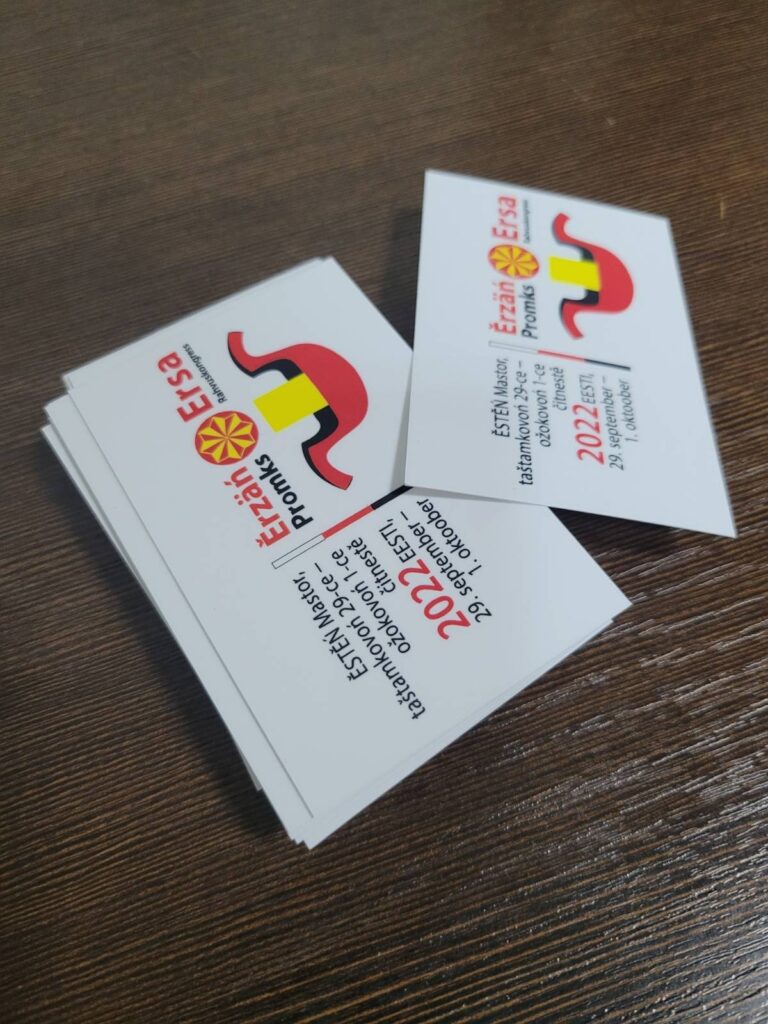
The Congress also decided that until the independence of Erzyan Mastor, the struggle of the Erzya people for self-determination is headed by Kirdiyur (national representative bodies) and personally Inyazor (chief elder). Only Erzyans can take part in the formation of Kirdiyyur bodies. The Congress recognizes people as Erzyans who openly and publicly declare their belonging to the Erzya nation and are able to prove their kinship with a person of Erzya origin — without regard to the level of family ties. Also, an Erzya is a person who has mastered the Erzya language at a level sufficient for free communication, and recognizes himself as part of the Erzya nation – without even having a drop of Erzya blood.
The delegates confirmed the powers of the current Inyazor Syres Bolyaen and the current composition of Atyan Ezem, obliging them to fulfill their duties until the Promks convene in “an atmosphere of free expression of will and the absence of repression and persecution of Erzya activists.”
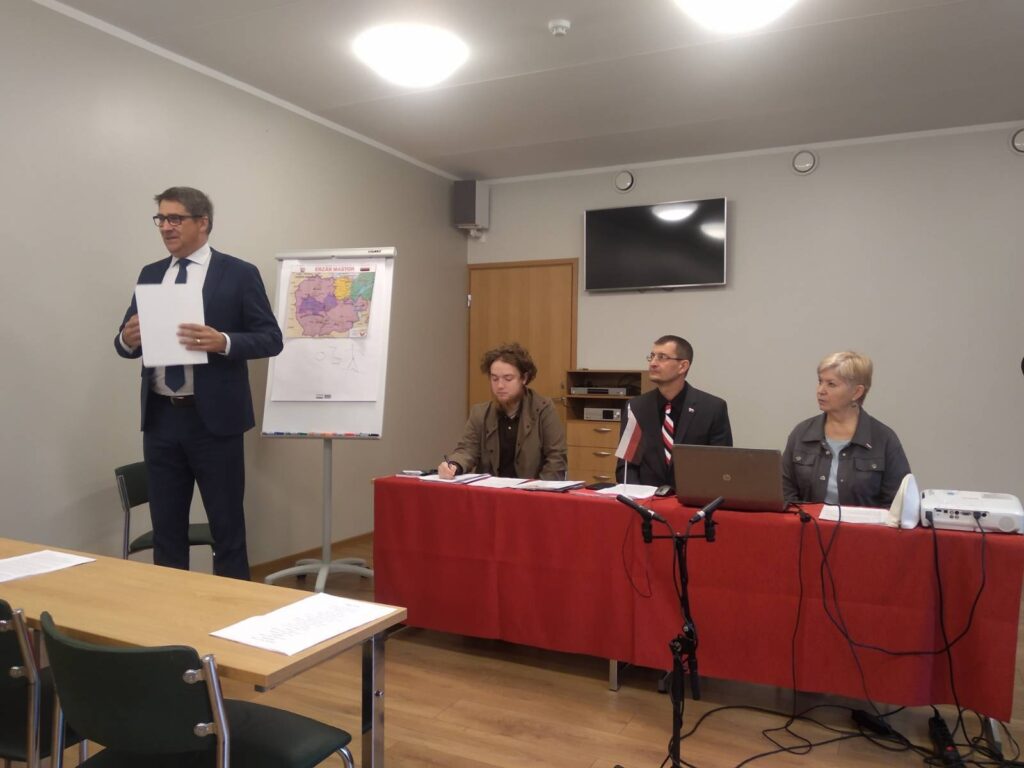
The Erzyans condemned the invasion of the Russian Armed Forces into Ukraine, the mobilization on the lands of indigenous peoples, expressed solidarity with the protesters in Dagestan, Yakutia and other colonial republics, supported the declaration on the decolonization of Russia adopted in Prague on July 23, 2022 at the Forum of the Free Peoples of Russia and called on all enslaved the peoples of the Russian Federation to fight for the collapse of the empire and the creation of independent states on the occupied lands of these peoples.
Komi, Karelians, Izhors and Mari took part in the work of the Congress as guests. On the sidelines, Estonian politicians and even the military were seen, who came to Otepää to hold a series of closed meetings with Inyazor.
In general, the Estonian representation at the Congress was very official and representative: Otepää mayor Janus Barkala, head of the URALIC Center Oliver Loode, member of the Riigikogu Raivo E. Tamm, vice-chancellor of the Estonian Ministry of Foreign Affairs Märt Volmer, classic of Estonian literature Arvo Valton and other.

“Estonians’ interest in us, as a kindred people, has increased markedly. The main thing is that the Congress abruptly brought the Erzya theme out of the folklore plane into the political one. Energy is felt in the air: both Erzya and Estonians understand that Russia has entered the final stage of its existence and in 2024 the borders of new states will be determined. In this context, the Congress significantly added subjectivity to our people,” Aris-Anton Smirnov, a member of the Presidium of the Congress, a political emigrant of the new wave, shares his impressions.
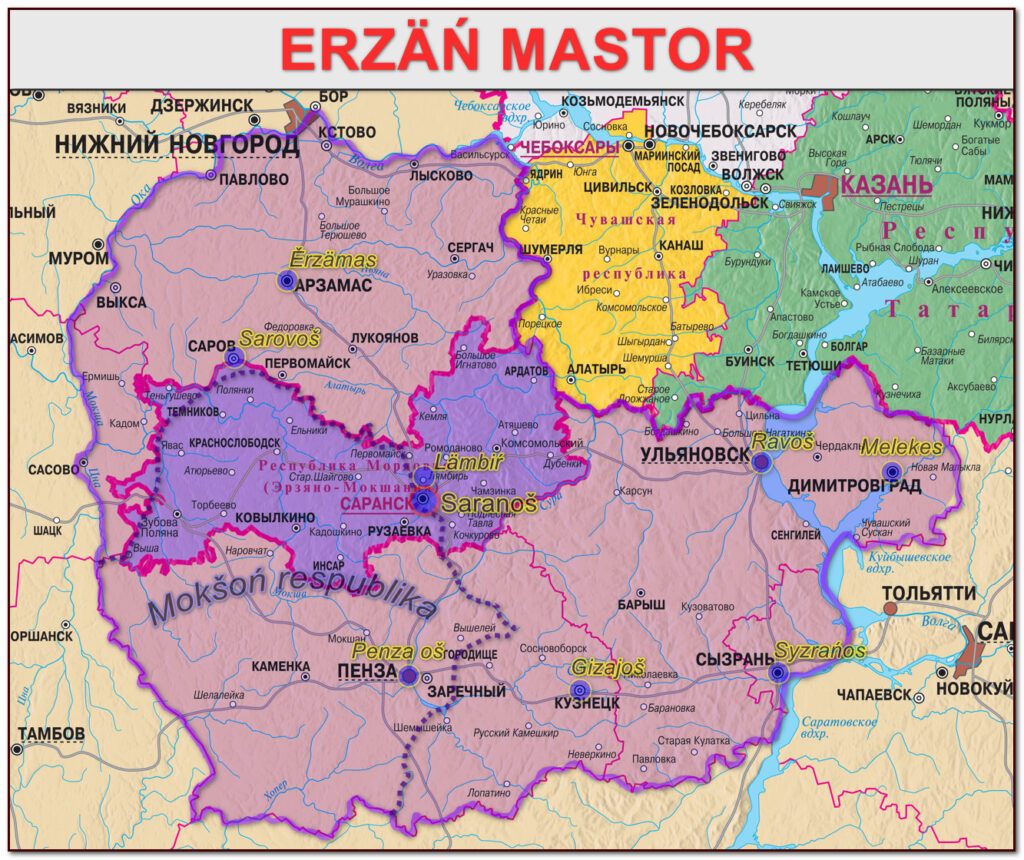

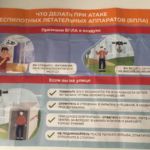
Leave a Reply